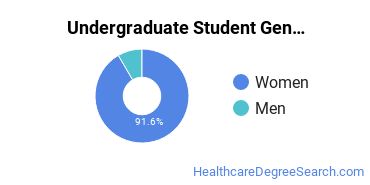Pensacola School of Massage Therapy & Health Careers Healthcare Programs
Located in Pensacola, Florida, Pensacola School of Massage Therapy & Health Careers is a private for-profit institution. The location of the school is great for students who enjoy the amenities of city life.
Featured schools near , edit
Where Is Pensacola School of Massage Therapy & Health Careers?

Contact details for Pensacola School of Massage Therapy & Health Careers are given below.
| Contact Details | |
|---|---|
| Address: | 2409 Creighton Rd, Pensacola, FL 32504 |
| Phone: | 850-474-1330 |
| Website: | www.psmthc.com |
Can I Afford Pensacola School of Massage Therapy & Health Careers?
Student Loan Debt
Almost 66% of college students who graduated with the class of 2018 took out student loans, but that percentage varies from school to school. At Pensacola School of Massage Therapy & Health Careers, approximately 58% of students took out student loans averaging $3,854 a year. That adds up to $15,416 over four years for those students.
Pensacola School of Massage Therapy & Health Careers Undergraduate Student Diversity
Gender Diversity
Of the 67 full-time undergraduates at Pensacola School of Massage Therapy & Health Careers, 10% are male and 90% are female.

Racial-Ethnic Diversity
The racial-ethnic breakdown of Pensacola School of Massage Therapy & Health Careers students is as follows.

| Race/Ethnicity | Number of Grads |
|---|---|
| Asian | 1 |
| Black or African American | 29 |
| Hispanic or Latino | 1 |
| White | 32 |
| International Students | 0 |
| Other Races/Ethnicities | 4 |
Pensacola School of Massage Therapy & Health Careers Healthcare Concentrations
The table below shows the number of awards for each concentration.
| Major | Basic Certificate | TOTAL |
|---|---|---|
| Massage Therapy/Therapeutic Massage | 35 | 35 |
| Medical/Clinical Assistant | 17 | 17 |
| TOTAL | 52 | 52 |
References
*The racial-ethnic minorities count is calculated by taking the total number of students and subtracting white students, international students, and students whose race/ethnicity was unknown. This number is then divided by the total number of students at the school to obtain the racial-ethnic minorities percentage.
More about our data sources and methodologies.
